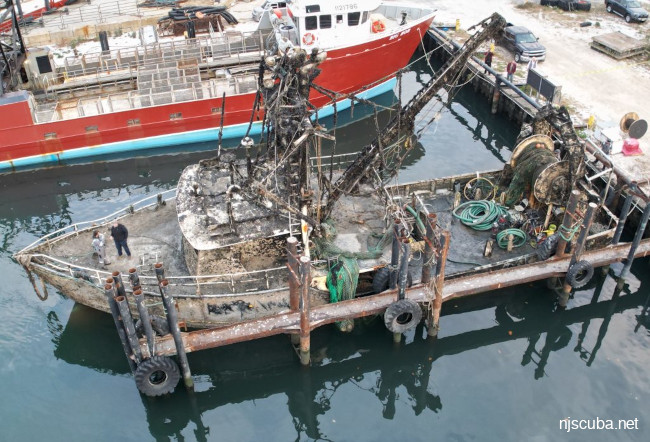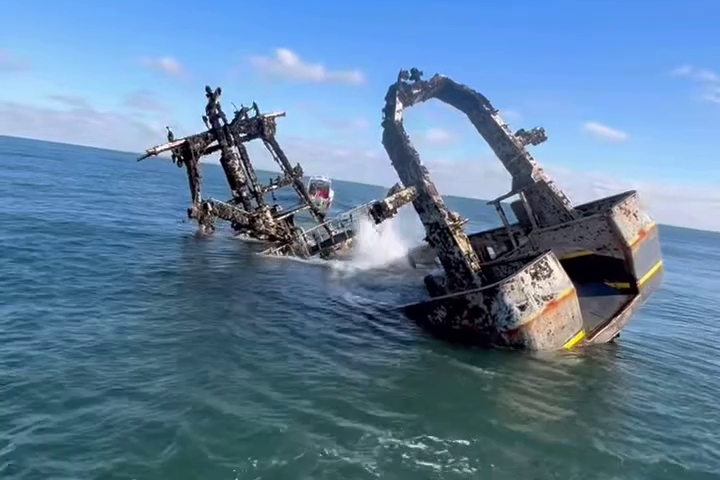Here are a series of excellent articles regarding the buddy system, reproduced from their original sources before they "wink out", as so much good web content does. With regard to the Buddy System that is so entrenched in dive training, these articles are all negative. I feel no need to present counter-balancing positive arguments since you can get that from any dive instructor with any of the major certifying organizations.
When you first get certified, you will have had the buddy system drilled into you. At this point, you still have basically no idea what you are doing, so just do it that way. A lot of what is in the basic open-water certification is silly and even unnecessary, but it won't get you killed.
As a newly-certified diver, you are a danger to yourself and everyone around you. Be glad that any operator will take you out, and don't rock the boat. If they want you to dive with a buddy, dive with a buddy. As crew, I've spent numerous dives paired up with newbies to make sure they have a good time and get back to the boat OK. Shallow-water shore diving can get very tricky, and things can go very wrong, and if you are not experienced, having a buddy can be a lifesaver.
But if you stay with the sport and become more experienced, you may find, as I have, that the buddy system is not all it is supposed to be. Think for yourself, but only when you have gained the knowledge and experience to do so.
By Alex Brylske
Reprinted from Dive Training
Sept. 1996
PARALLELS ARE OFTEN DRAWN BETWEEN DIVING AND FLYING. Both take place in an environment where the ambient pressure is different than the earth's surface - where we spend most of our time breathing - and both require formal training to qualify as a participant. Yet, on one point the two activities diverge completely. In flying, the highlight of a pilot's life is his or her first opportunity to solo - to operate the aircraft alone. In fact, after earning a private pilot's license, aviators commonly fly with no one other than God as their copilot.
Not so in diving; the admonition to "never dive alone" is considered the hallmark of safe diving.
To most divers, entering the water without a buddy is tantamount to a pilot taking off without doing a preflight check of the airplane. But to assume that buddy diving is an absolute universal practice would be a mistake. Lots of divers dive solo. Some do it intentionally, but most end up sans buddy completely by accident.
More: The Buddy System Re-examined ...
By Bob Halstead
Buddies are not essential for a safe dive. On the contrary, buddies often increase the risk of a dive, either directly through unpredictable or unreliable actions, or indirectly, through an unfounded belief that security is enhanced by numbers alone, regardless of the training or state of mind of the buddy. In most instances, a competent solo diver would be much safer than the average buddy dive.
Most textbooks do not define the buddy system - an interesting point in itself. I define it as the situation that occurs when two divers of similar interests and equal experience and ability share a dive, continuously monitoring each other throughout entry, the dive, and the exit, and remaining within such distance that they could render immediate assistance to each other if required.
Obviously, this definition represents the ideal, and upon honest examination, it's clear that it has little to do with the reality as practiced by most divers. The truth is that on most dives, the buddy system fails.
More: On Your Own: the Buddy System Rebutted ...
by Paul Humann
I am confounded by the illogic of many of those who try to defend the buddy system, even the spokesperson for a training agency such as PADI - the same folks who preached the dangers of dive computers and Nitrox a few years back. Here is some of the nonsense I've heard and why it is just that:
The buddy system makes diving more fun and practical
Of course, neither has anything to do with the buddy system. Fun is touted as sharing the dive and the after-dive experience with your buddy. Practicality means helping your buddy lug around equipment, get suited up, and other niceties. These benefits can be enjoyed with any dive companion without that person being a "buddy" for whose safety you are legally responsible.
More: Why the Buddy System is Dangerous ...
By Bret Gilliam - 3/16/01
Technical Diving Editor and CEO
Technical Diving International
Are we hypocrites, or just following established guidelines established by reasonable people to protect our clients??
The April 2001 issue of Rodale's Scuba Diving has numerous articles acknowledging the practice and practicality of Solo Diving. I'm going to enter the articles and acknowledge the authors of each (rather than plagiarize these good peoples work)
Let's welcome the new millennium by finally ending the absurd controversy over solo diving and grant certification status to experienced divers through formalized process.
Codifying solo-diving with practical standards makes sense for two reasons: First, divers are who currently diving independently without formal training will be encouraged to receive the instruction they need. Second, the buddy system is deeply flawed. It fosters dependent behavior in many divers and is a proven not to enhance safety. In fact, it may do just the opposite for many divers forced into the role of buddy.
More: Solo Diving Certifications ...


